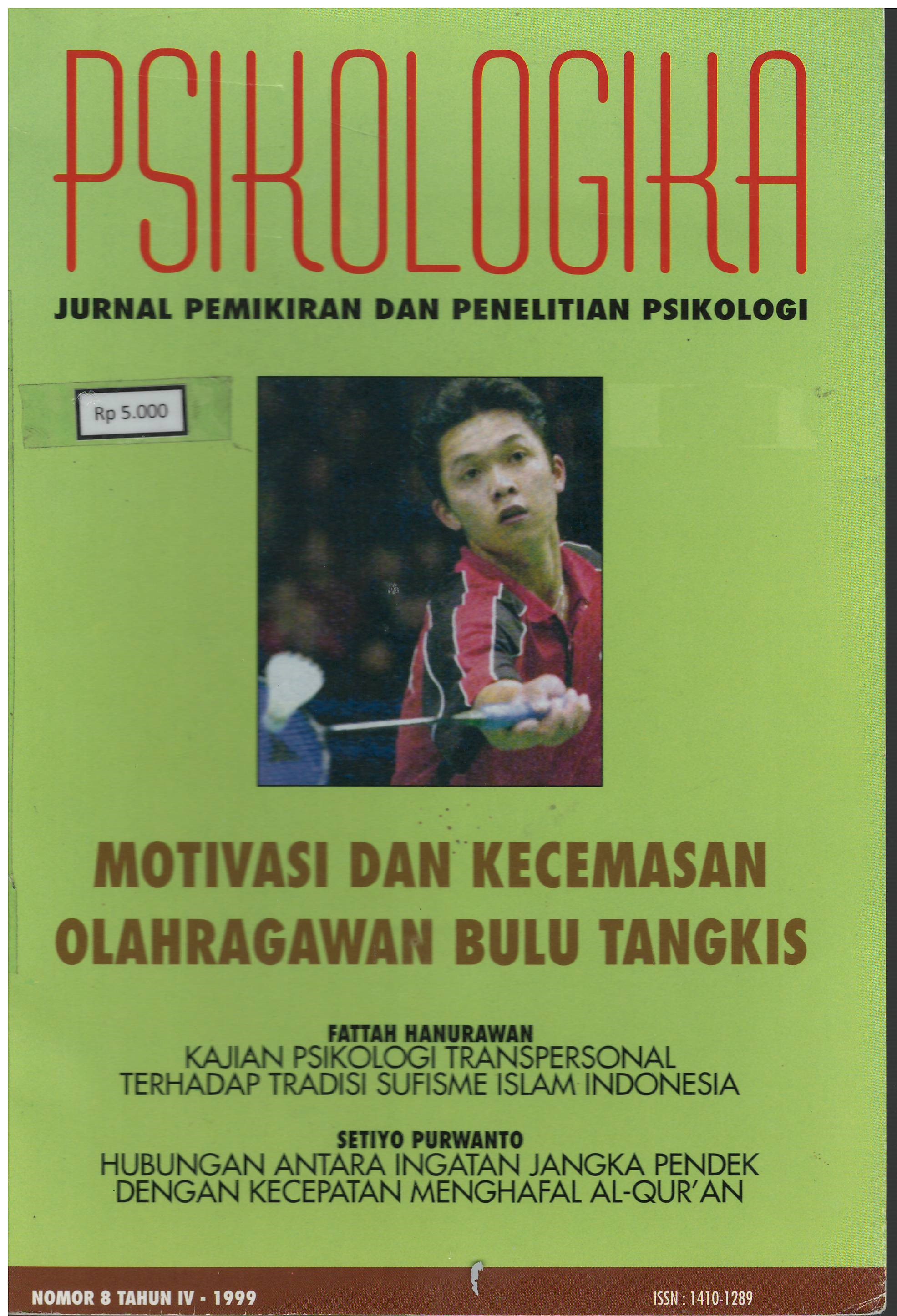Main Article Content
Abstract
This study was intended to obtain data on the psychological status of badminton players which are needed in order to help raise achievement.
The research subjects were 41 badminton players, male and female, taken from a badminton club in Semarang.
The measurement instruments used in this study were tests intended to reveal self-confidence, motivation and anxiety. These instruments had been adapted to Indonesia and their reliability and validity had been reestablished. Data on badminton achievement, in terms of player’s levels, were taken from documents recorded by coaches.
Pearson Product Moment correlation technique was employed to find out relationships between research variables, while t-test was employed to find differences between males and females in those variables. Results indicated that : (1) No significant difference was found in self confidence, motivation an anxiety between male and female athletes (2) In general, the badminton athletes had low self confidence, quite high motivation and low anxiety (3) There was a positive and significant relationship between player’s level and motivation.
Â
Â
Key words    :   bulutangkis, percaya diri, motivasi dan kecemasan
Â
Article Details
Authors who publish with this journal agree to the following terms:
- Authors retain copyright and grant the journal right of first publication with the work simultaneously licensed under a Creative Commons Attribution-ShareAlike 4.0 International License that allows others to share the work with an acknowledgment of the work's authorship and initial publication in this journal.
- Authors are able to enter into separate, additional contractual arrangements for the non-exclusive distribution of the journal's published version of the work (e.g., post it to an institutional repository or publish it in a book), with an acknowledgment of its initial publication in this journal.
- Authors are permitted and encouraged to post their work online (e.g., in institutional repositories or on their website) prior to and during the submission process, as it can lead to productive exchanges, as well as earlier and greater citation of published work (See The Effect of Open Access).
